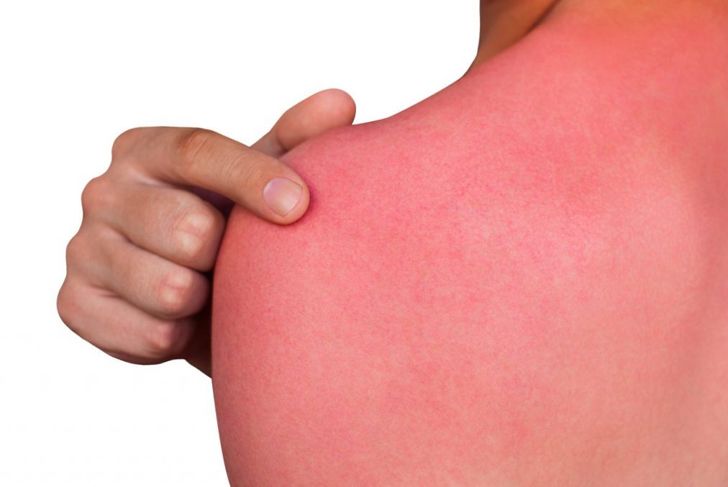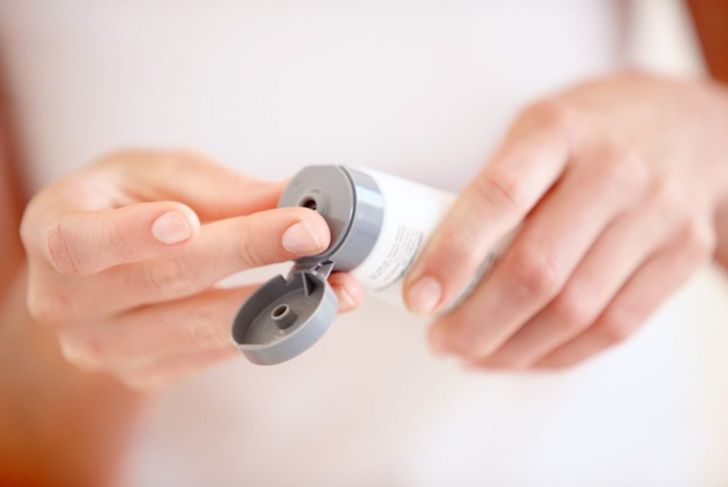The sun is essential for life on Earth. In addition to keeping us warm, it serves as a major source of energy for organisms. However, overexposure to the sun’s ultraviolet radiation can have negative effects on the body; it can cause sunburns, premature aging, and skin cancer. Rarely, the sun’s rays can also cause immune reactions, and some people are diagnosed with a sun allergy.
What is a Sun Allergy?
A sun allergy occurs when the immune system reacts to sunlight; this often results in an itchy, red rash. While it can affect any part of the body, the most common locations are the neck, outside of the arms, back of the hands, and lower legs. In many cases, brief sun exposure is enough to trigger these allergies. Symptoms can be mild or severe, depending on the individual. There are several types of sun allergies: polymorphous light eruption, photoallergic eruption, actinic prurigo, and solar urticaria, the last of which often produces hives.
Who Gets Sun Allergies?
Young adult women are most likely to develop sun allergies—especially those who live in northern climates. However, the condition can also affect men and children. While it affects all skin types, sun allergies are typically more common in those with fair skin.
Symptoms of a Sun Allergy
Symptoms vary depending on the type of sun allergy. Polymorphous light eruption (PMLE) causes a burning or itchy rash within two hours of sun exposure. Individuals may also experience malaise, nausea, and headache. Rarely, small fluid-filled blisters may develop. Photoallergic eruption causes tiny blisters on the skin. It is not uncommon for the skin eruptions to spread to other parts of the body. Actinic prurigo causes symptoms similar to PMLE but typically affects only the face. Solar urticaria is unique in that it causes hives within minutes of sun exposure.
Duration of a Sun Allergy
The duration is different depending on the type of sun allergy. For instance, a PMLE rash typically disappears within a couple of days. In contrast, individual hives caused by solar urticaria generally fade within two hours. The duration of photoallergic eruptions tends to be unpredictable, while actinic prurigo follows a seasonal pattern.
Causes of Sun Allergy
Certain changes that occur on sun-exposed skin trigger sun allergies. More specifically, the reactions develop when the immune system identifies sun-altered skin as foreign cells. Unfortunately, it is not clear why some individuals have these reactions while others do not. There is evidence that certain types of sun allergy may be genetic. Medications may also predispose a person to sun-induced skin damage.
When to go to the Doctor
Individuals should visit their healthcare professional if they are experiencing unusual skin reactions—such as blistering or development of hives—after being in the sun. Rashes that cover large areas of the body also warrant a doctor’s visit. In some cases, it may be necessary to see a dermatologist, as they specialize in treating skin disorders. Seek immediate medical help if there is swelling around the lips or difficulty breathing, as these may be signs of a life-threatening allergic reaction.
Diagnosing Sun Allergies
In many cases, a doctor will be able to make a diagnosis by simply looking at the skin. When it isn’t clear what is causing the symptoms, additional tests may be necessary. For instance, the doctor may perform phototesting—a procedure in which the professional exposes a small area of the skin to certain amounts of ultraviolet light to confirm whether or not the skin eruptions are sun-related. The doctor may also order blood tests to rule out other conditions such as lupus.
Treating Sun Allergies
Mild cases of sun allergy may resolve on their own. More severe reactions, however, may require medication. A doctor can prescribe medications for reducing inflammation and relieving itching. A doctor may also suggest phototherapy—a treatment that helps make the skin less sensitive to sunlight. Typically, this therapy takes place over several months.
Home Remedies for Sun Allergies
There are several ways to relieve sun allergy symptoms. First and foremost, it is important to keep the affected area out of the sun—this will help prevent further damage. Applying moisturizers may reduce irritation. Other products such as calamine lotion and aloe vera may also alleviate symptoms. If necessary, over-the-counter antihistamines can reduce itching.
Preventing Sun Allergies
Limiting sun exposure helps prevent sun allergies. When outdoors, it is important to apply sunscreen—preferably one with a sun protection factor of 30 or higher. Sensitive individuals should also wear long pants and long-sleeved shirts to cover the skin. If possible, avoid going outdoors when the sun is at its peak—typically between 10 a.m. and 3 p.m. Special precautions may be necessary if an individual is taking a medication that causes photosensitivity.

 Home
Home Health
Health Diet & Nutrition
Diet & Nutrition Living Well
Living Well More
More




















